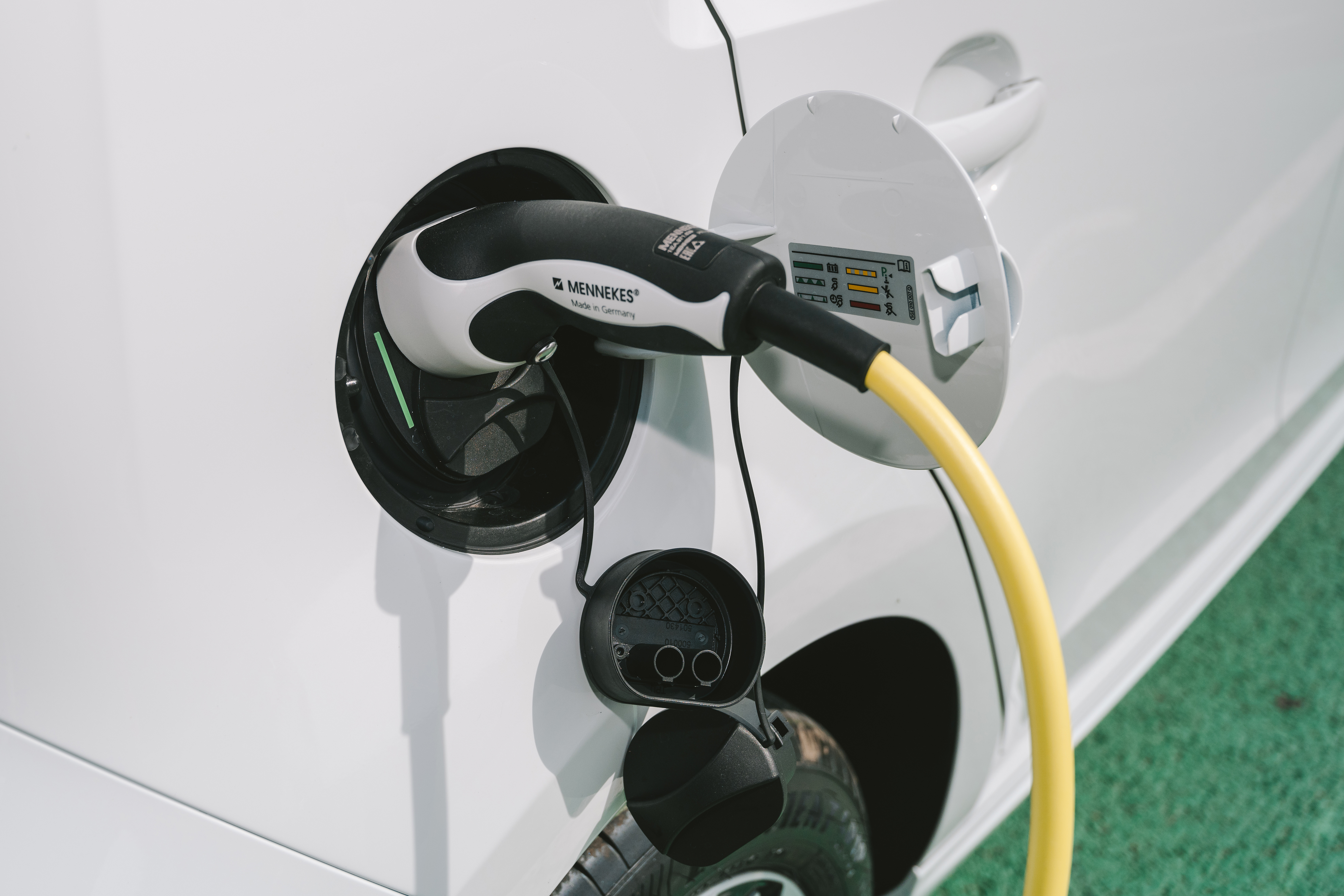Glossary
.jpg)
ICEV (Internal Combustion Engine Vehicle)
All vehicles that are powered by Fossil Fuels are ICEVs.

IEC 62196
Also known as the Mennekes, it is a type of connectors that is used to charge Electric Vehicles in Europe.

Intelligent Transport Systems (ITS)
ITS is commonly defined as systems in which information and communication technologies are applied in the field of road transport, infrastructure, vehicles and users, and in traffic and mobility management and other modes of transport to improve the efficiency of transport.

Inter-modal Travel
Traveling using multiple means of transport during one trip, e.g. use your car to get to the airport, then take a plane, then a shared shuttle to the destination. Also see Multi-modal Travel.
.jpg)
Internal Combustion Engine (ICE)
An ICE is powered by combustible fuel, often petroleum or natural gas products.
.jpg)
Internet of Mobility (IoM)
The idea of connecting all mobility-related services and assets using the Internet with a unified protocol.

JEVS G105-1993
Also known as CHAdeMO, it is a method developed to quickly charge Electric Vehicles through the use of a special adapter that delivers up to 62.5 kW. This is used in Japan.
.jpg)
Kilowatt hour (kWh)
A unit of energy equivalent to the energy transferred in one hour by one thousand watts of power. Electric car batteries are typically measured in kilowatt hours. 1 kilowatt hour is typically 3-4 miles of range in a BEV.
.jpg)
kW (Kilowatt)
A unit of electric power.

Last Mile
Originally referred to the last section of a network or grid from the last distribution point to the user, in New Mobility it usually refers to the distance between a trip’s starting or end point and the next (public) transport hub such as a train station or airport.



